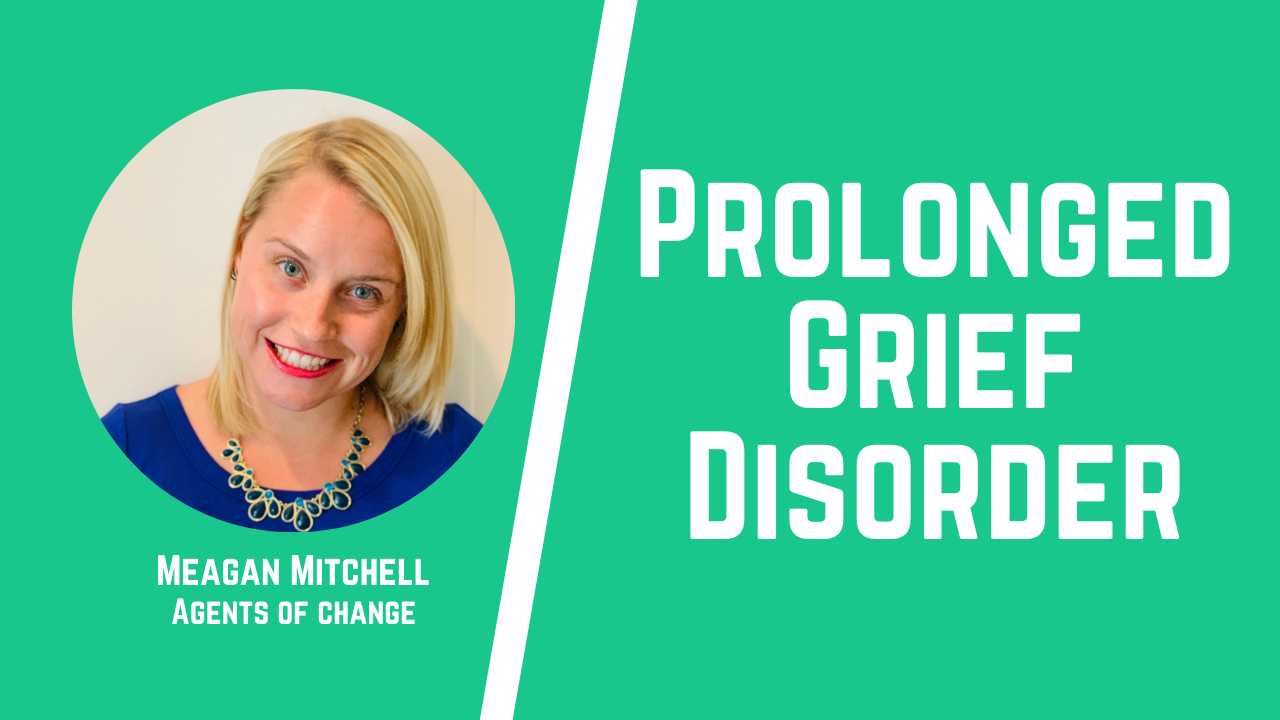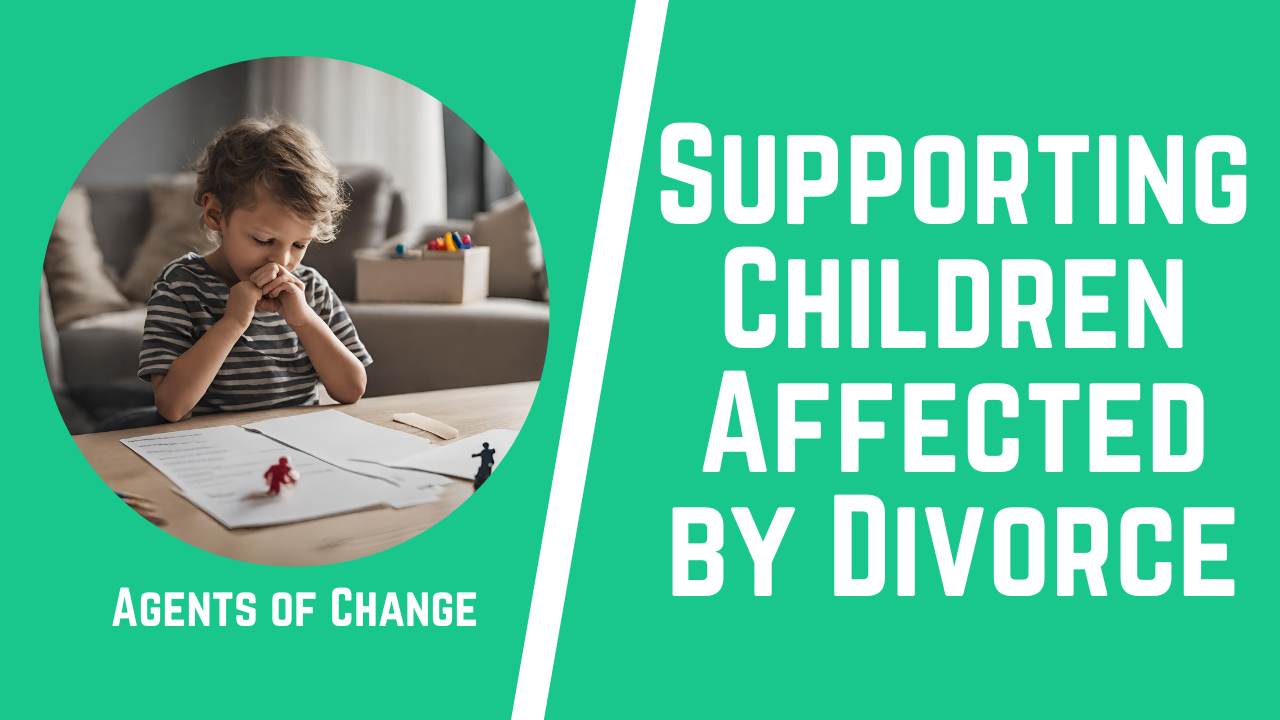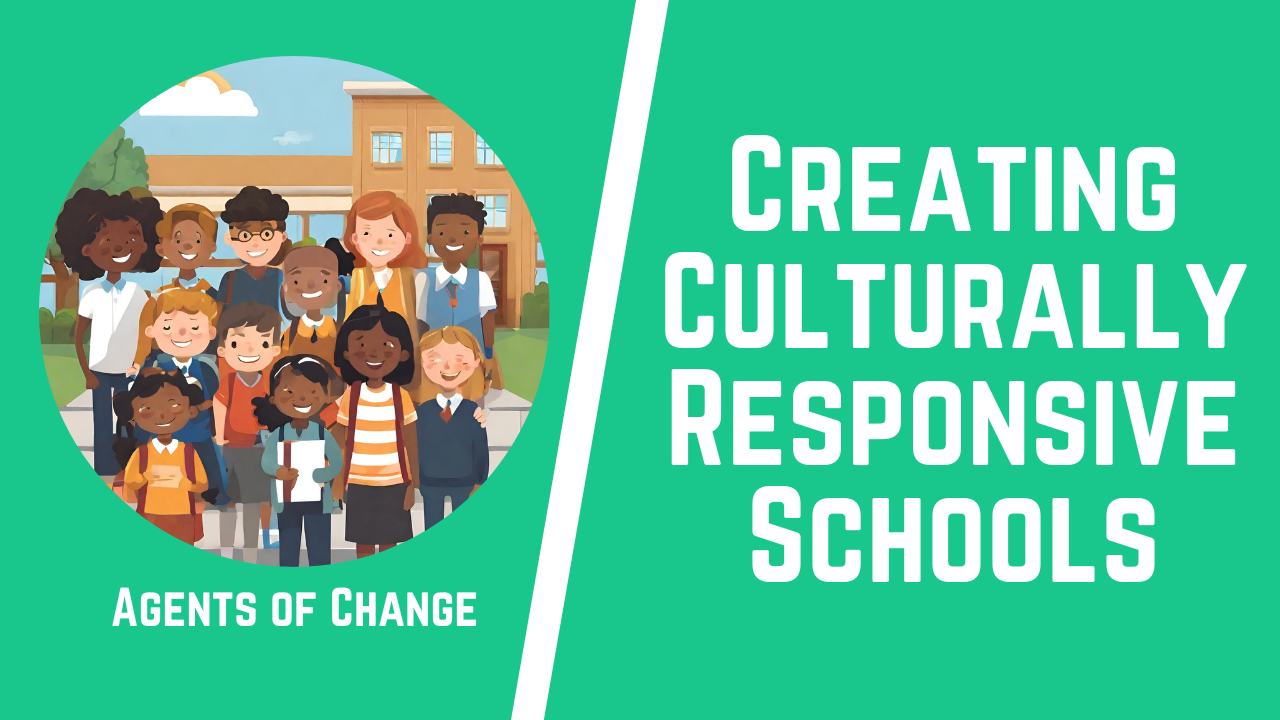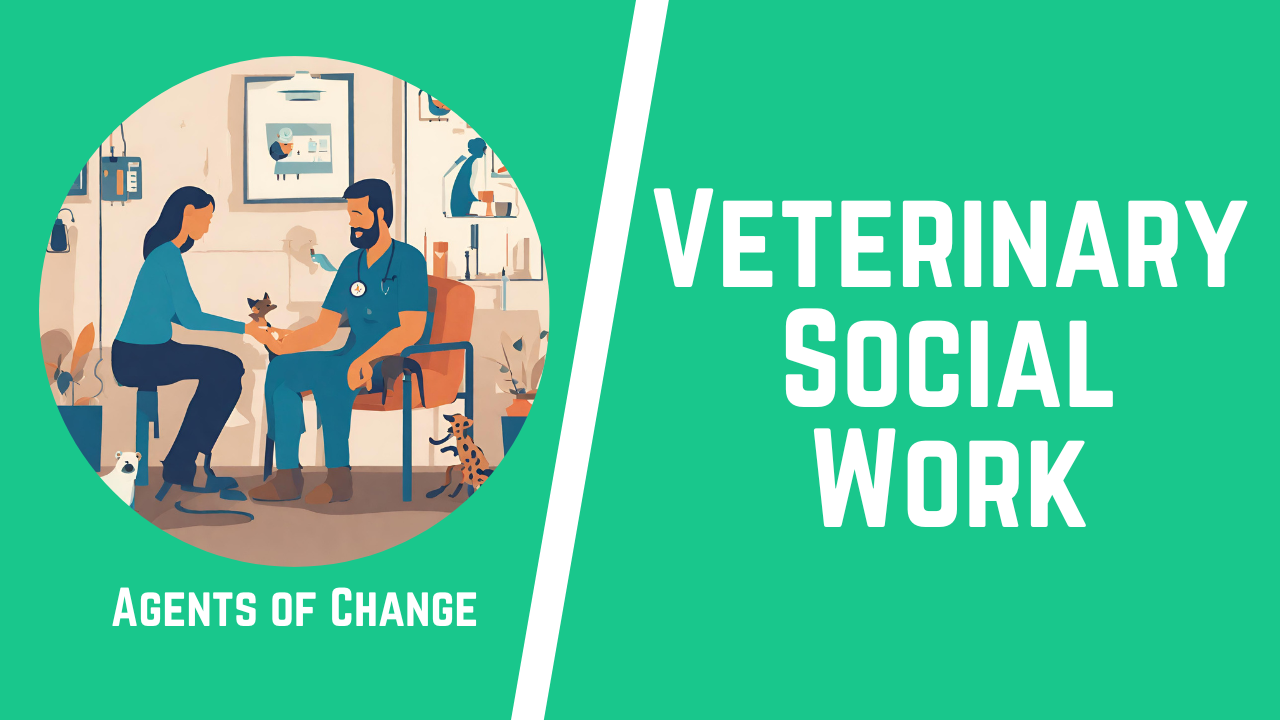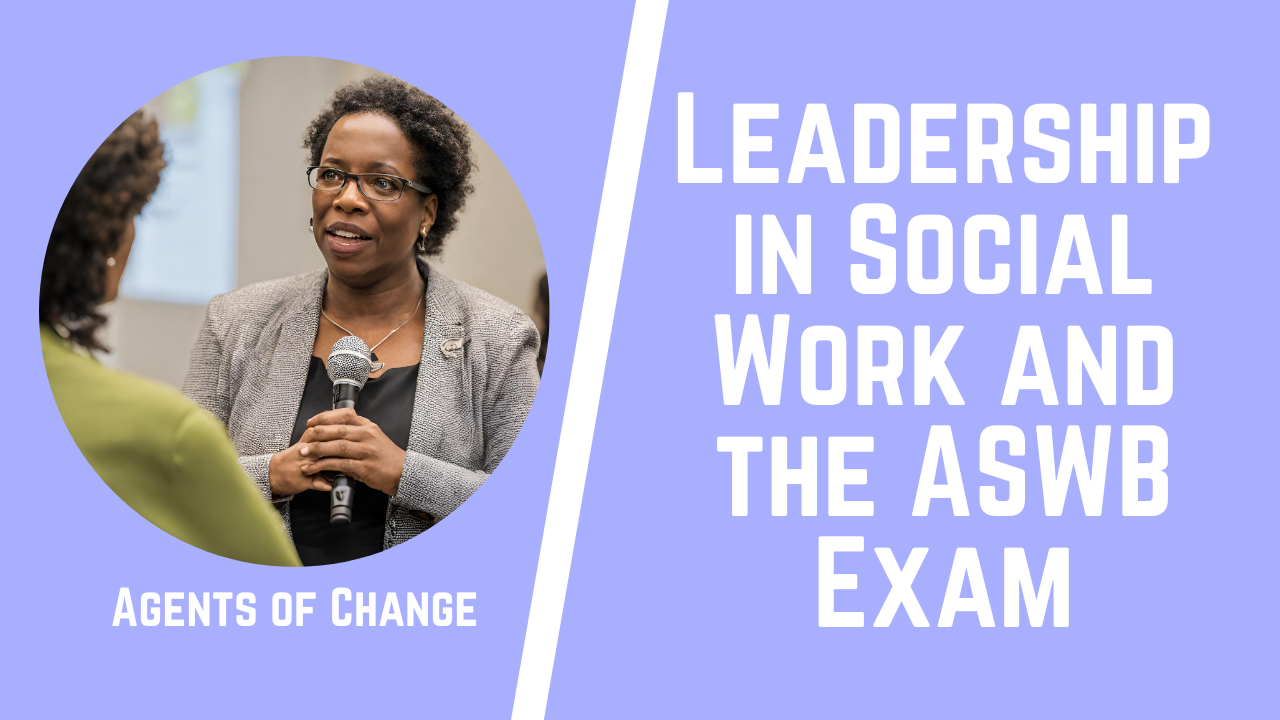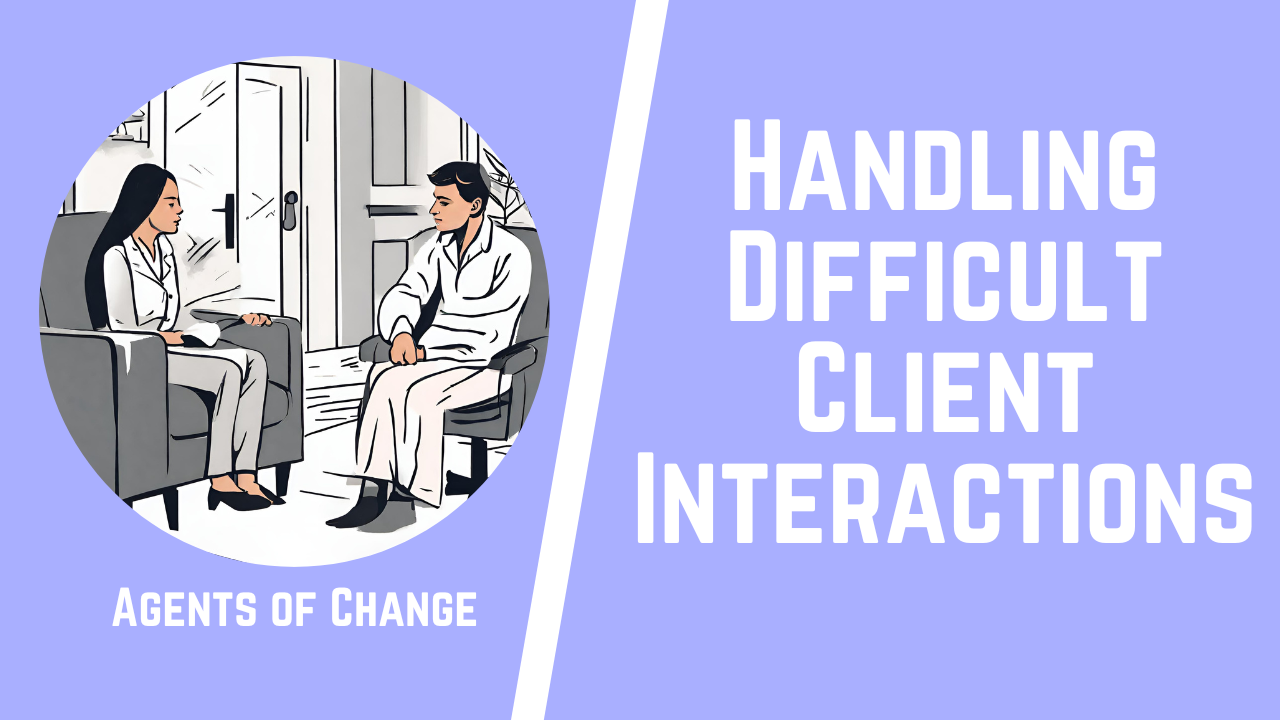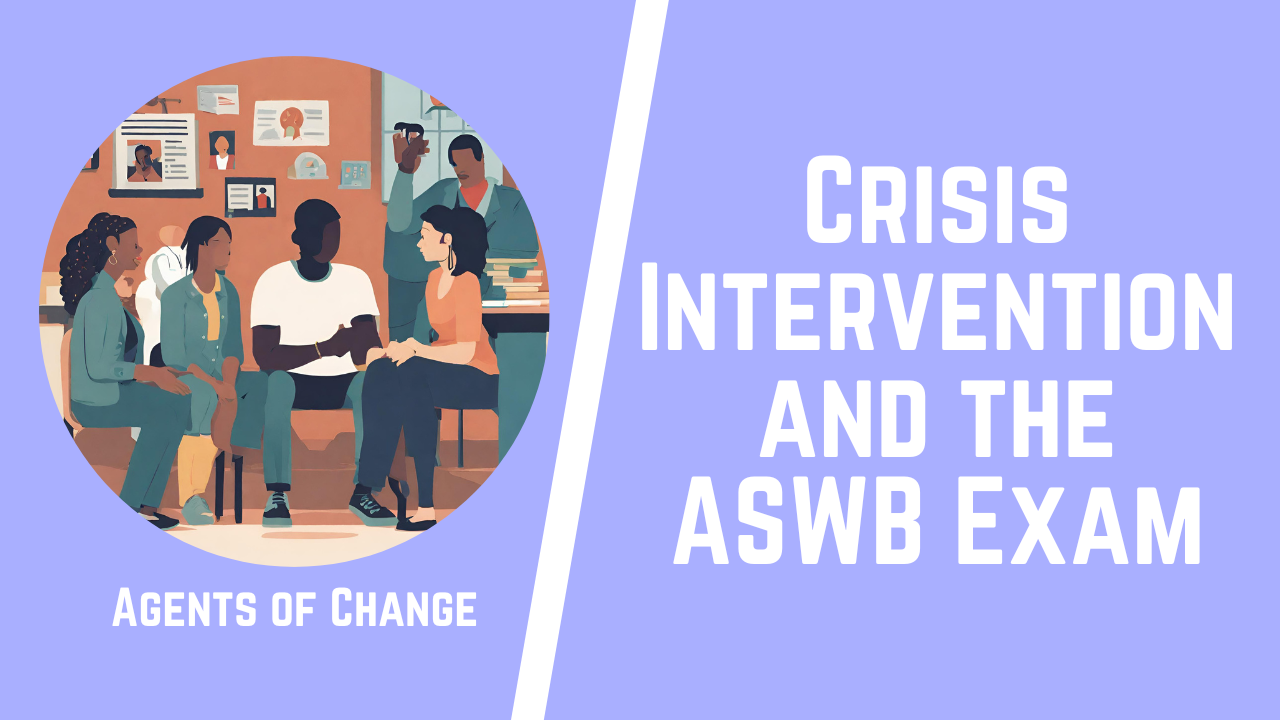Grief is one of the most universal yet profoundly personal experiences. It’s a journey through sorrow and loss that everyone will navigate at some point in their lives. However, when the waters of grief fail to recede over time, evolving into an enduring, overwhelming presence, it morphs into something more complex—Prolonged Grief Disorder (PGD).
This blog post explores the nuances of PGD and the pivotal role Social Workers play in guiding individuals through the dark tunnels of PGD toward the light of healing and acceptance.
Understanding Prolonged Grief Disorder is not just about recognizing its symptoms or knowing the statistical data; it’s about grasping the raw, emotional reality of those it affects and acknowledging the long, often invisible, battle they face every day. Social Workers, with their unique blend of empathy, knowledge, and skill, stand on the frontlines of this battle, offering a beacon of hope to those lost in the grip of prolonged grief.
Did you know? Agents of Change Continuing Education offers Unlimited Access to 150+ CE courses for one low annual fee to meet your state’s requirements for Continuing Education credits.
We’ve helped thousands of Social Workers with Continuing Education, learn more here about Agents of Change and claim your 5 free CEUs.
1) What is Prolonged Grief Disorder (PGD)?
Prolonged Grief Disorder (PGD) transcends the normal boundaries of grief, embedding itself into the fabric of an individual’s life long after a loss has occurred. It represents a significant and sustained departure from the usual process of adapting to bereavement, marked by an intense longing for or preoccupation with the deceased, alongside a myriad of symptoms that impede daily functioning.
Understanding PGD: The Basics
PGD is recognized by persistent and pervasive grief reactions that extend beyond the culturally expected duration, usually identified as six months or more in many societies. Unlike the ebb and flow of conventional grief, PGD clutches tightly to individuals, manifesting in:
- Persistent Yearning: An overwhelming longing for the deceased that doesn’t wane over time.
- Preoccupation with the Deceased: Constant thoughts about the loved one lost, to the extent that it may disrupt daily activities.
- Intense Sorrow and Emotional Pain: Frequent bouts of crying, profound sadness, and emotional turmoil that are relentless.
- Difficulty Moving On: A pronounced struggle to accept the loss and engage with life’s activities or plan for the future without the deceased.
Symptoms: The Hallmarks of PGD
Symptoms of PGD are both profound and persistent, significantly impairing one’s ability to function. They include, but are not limited to:
- A sense of disbelief or inability to accept the death.
- Avoidance of reminders of the lost one or, conversely, an overwhelming attraction to things that remind one of them.
- Profound loneliness or detachment from others, despite the presence of social support.
- Feeling that life is meaningless without the deceased.
- Irritability, bitterness, or anger related to the loss.
Risk Factors: Who is Most Vulnerable?
PGD does not discriminate, potentially affecting anyone who has experienced a loss. However, certain factors may increase the risk:
- Pre-existing mental health conditions, such as depression or anxiety.
- The nature of the relationship with the deceased; those who were exceptionally close may be more susceptible.
- Circumstances of the death, where sudden, violent, or unexpected losses may heighten the risk.
- Lack of social support, which can exacerbate feelings of isolation and grief.
PGD vs. Normal Grief: Distinguishing Between the Two
It’s crucial to understand that grief is a normal, natural response to loss, and it varies widely among individuals. However, PGD is distinguished by:
- Duration: While grief can be intense and overwhelming, it typically diminishes over time. PGD persists, deeply entrenched and resistant to time’s healing touch.
- Functional Impairment: Unlike normal grief, PGD significantly disrupts daily activities, relationships, and work life.
- Intensity: The emotional pain of PGD is not only enduring but also debilitating, often leading to a complete halt in the personal growth or life progression of the bereaved.
Agents of Change Continuing Education offers Unlimited Access to 150+ CE courses for one low annual fee to meet your state’s requirements for Continuing Education.
2) How Can Social Workers Help with Prolonged Grief Disorder?
Social Workers play a pivotal role in assisting individuals grappling with Prolonged Grief Disorder (PGD), offering a beacon of hope and a pathway toward healing.
Understanding and Empathy: The Cornerstone of Care
- Active Listening: Social Workers provide a safe and non-judgmental space where individuals can share their feelings and experiences. This empathetic approach fosters a therapeutic relationship built on trust and understanding.
- Validation: Acknowledging the pain and suffering of those with PGD is crucial. Social Workers validate their clients’ feelings, helping them understand that their grief responses are normal and valid.
Educational Support and Awareness
- Informing About PGD: By educating clients about PGD, its symptoms, and its effects, Social Workers demystify the disorder, helping to reduce feelings of isolation and confusion.
- Resources and Information: Providing resources, such as articles, books, and online materials, can empower individuals to understand their grief and the healing process further.
Coping Strategies and Tools
- Mindfulness and Relaxation Techniques: Teaching mindfulness can help individuals manage intense emotions and find moments of peace.
- Journaling and Expressive Writing: Encouraging clients to express their thoughts and feelings through writing can be a therapeutic outlet for their grief.
Support Groups and Community Resources
- Facilitating or Referring to Support Groups: Social Workers can connect individuals with support groups, where sharing experiences with others who have similar feelings can be incredibly healing.
- Linking to Community Resources: Providing information about community resources, such as grief counseling or mental health services, ensures that individuals receive comprehensive support.
Therapeutic Interventions
- Individual Therapy: Social Workers may provide therapy or refer clients to specialists in grief counseling. Techniques such as Cognitive Behavioral Therapy (CBT) and Complicated Grief Therapy (CGT) are effective.
- Family Counseling: Sometimes, the entire family is affected by the loss. Family counseling can help families communicate their feelings and support each other.
Continuing Education for Social Workers
- Staying Informed: Engaging in continuing education through platforms like Agents of Change Continuing Education is essential for Social Workers. This ensures they are up-to-date with the latest research, theories, and therapeutic techniques related to PGD.
- Skill Development: Courses and workshops allow Social Workers to refine their skills, learn new approaches, and better understand the complexities of grief and loss.
3) Preventative Strategies and Early Intervention
Early intervention and preventative strategies play a crucial role in helping individuals navigate their grief more healthily and potentially prevent the development of PGD.
Recognizing Early Signs of Complicated Grief
Early recognition of the signs that grief is becoming complicated or prolonged is the first step in prevention. Here are key indicators that someone might need additional support:
- Intense sorrow, pain, and rumination over the loss of the loved one
- Difficulty accepting the death or a sense that life is meaningless without the deceased
- Excessive avoidance of reminders of the loved one or extreme focus on reminders
- Significant impairment in daily functioning, including social, occupational, or other important areas
Education and Awareness
Informing the public and individuals at risk about the nature of grief and the potential for complications can empower them to seek help sooner. This includes:
- Workshops and Seminars: Hosting educational sessions in community centers, schools, and workplaces about the grieving process and when to seek help.
- Resource Distribution: Providing accessible resources, such as brochures, websites, and hotlines, that offer information on grief and available support services.
Building Support Systems
A robust support system is essential for someone navigating the loss of a loved one. Here’s how to build and strengthen these networks:
- Encourage Open Conversations: Create environments where feelings and experiences related to grief can be shared openly without judgment.
- Community Groups: Facilitate or promote the formation of support groups for those who have experienced similar losses.
- Family and Friends: Educate the immediate circle of the bereaved on how to offer support, recognizing the balance between giving space and providing companionship.
Professional Interventions
For those at risk of developing PGD, or when early signs are noticed, professional interventions can be a lifeline:
- Grief Counseling: Early sessions with a grief counselor or therapist can provide a safe space to process emotions and learn coping mechanisms.
- Screenings and Assessments: Regular screenings for those who have experienced a loss, to identify any early signs of complicated grief.
Promoting Healthy Coping Mechanisms
Teaching and encouraging healthy coping mechanisms is vital for preventing PGD:
- Mindfulness and Meditation: These practices can help individuals stay grounded and process their emotions in a healthy manner.
- Physical Activity: Regular exercise can improve mood and reduce symptoms of depression and anxiety.
- Creative Expression: Encouraging the use of art, music, or writing as outlets for expressing grief and memorializing the loved one.
Early Intervention Programs
Developing and implementing early intervention programs can offer structured support to those navigating grief:
- School-Based Programs: For children and adolescents who have experienced a loss, providing counseling and support within the school setting.
- Workplace Initiatives: Offering bereavement leave, grief counseling, and support groups within the workplace to help employees manage grief.
- Community Mental Health Services: Ensuring that community mental health services are equipped to offer specialized grief support services.
4) FAQs – Prolonged Grief Disorder
Q: What distinguishes Prolonged Grief Disorder (PGD) from normal grief?
A: Grief is a natural response to loss, characterized by sadness, longing, and adjustment to life without the loved one. However, when these feelings intensify over time instead of gradually improving, it might indicate Prolonged Grief Disorder. Key distinctions include:
- Duration: While the timeline for “normal” grief varies greatly among individuals, PGD is diagnosed when debilitating grief continues for more than 12 months after the loss (6 months for children and adolescents).
- Intensity: PGD involves intense longing or preoccupation with the deceased that significantly impairs daily functioning. The individual might struggle with accepting the death, feel a profound sense of meaninglessness, or experience intense emotional pain that doesn’t subside over time.
- Impact on Life: Unlike normal grief, where individuals gradually find ways to move forward, PGD keeps individuals stuck, unable to engage with life, maintain relationships, or envision a future without their loved one.
Q: Are there specific risk factors for developing Prolonged Grief Disorder?
A: Yes, certain factors can increase the risk of developing PGD, including but not limited to:
- Nature of the Loss: Sudden, unexpected, or traumatic losses (such as accidents, suicide, or homicide) carry a higher risk.
- Relationship to the Deceased: A particularly close or dependent relationship may increase vulnerability.
- Previous Mental Health Issues: Individuals with a history of depression, anxiety, or PTSD may be more susceptible.
- Lack of Support: Insufficient social or emotional support following the loss can exacerbate the grieving process.
- Additional Stressors: Experiencing multiple losses or significant life stressors around the same time as the bereavement can compound grief.
It’s important to note that these factors do not guarantee someone will develop PGD but indicate a heightened risk that warrants attention and possibly preventive measures.
Q: How can I support someone who might be experiencing Prolonged Grief Disorder?
A: Supporting someone with PGD requires patience, understanding, and a willingness to offer practical help. Here are some ways to provide support:
- Listen Without Judgement: Simply being there to listen, acknowledging their feelings without trying to “fix” them, can be incredibly comforting.
- Encourage Professional Help: Gently suggest the benefits of seeking help from a mental health professional experienced in grief counseling.
- Offer Practical Assistance: Help with daily tasks can alleviate some of the burdens they’re facing, allowing them more space to grieve.
- Stay Connected: Regular check-ins can make a big difference. Even if they’re not ready to talk, knowing you’re there can be a great comfort.
- Educate Yourself: Understanding PGD will help you recognize what your loved one is going through and how best to support them.
5) Conclusion
This exploration into PGD and the multifaceted role of Social Workers underscores the profound impact that compassionate, educated support can have on individuals wrestling with the shadows of enduring grief. The journey through loss is deeply personal and uniquely challenging; however, it is also one that does not have to be walked alone. Social Workers, equipped with the right tools, knowledge, and heart, stand ready to guide those in need through their darkest hours to a place of healing and hope.
Whether through preventative strategies, early intervention, or therapeutic support, the goal remains the same: to bring light to those in the depths of grief, helping them find their way back to life. It’s a journey of transformation, from mourning to memory, from despair to hope, and from isolation to connection. In supporting those with PGD, Social Workers do more than just treat a condition; they mend spirits, rebuild lives, and restore hope, one heart at a time.
Learn more about Agents of Change Continuing Education. We’ve helped thousands of Social Workers with their Continuing Education and want you to be next!
————————————————————————————————————————————————
► Learn more about the Agents of Change Continuing Education here: https://agentsofchangetraining.com
About the Instructor, Meagan Mitchell: Meagan is a Licensed Clinical Social Worker and has been providing Continuing Education for Social Workers for more than 8 years. From all of this experience helping others pass their exams, she created Agents of Change Continuing Education to help Social Workers stay up-to-date on the latest trends, research, and techniques.
#socialwork #socialworker #socialwork #socialworklicense #socialworklicensing #continuinged #continuingeducation #ce #socialworkce #freecesocialwork #lmsw #lcsw
Disclaimer: This content has been made available for informational and educational purposes only. This content is not intended to be a substitute for professional medical or clinical advice, diagnosis, or treatment

